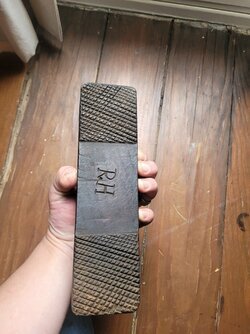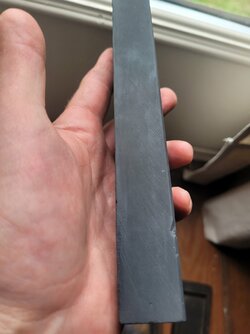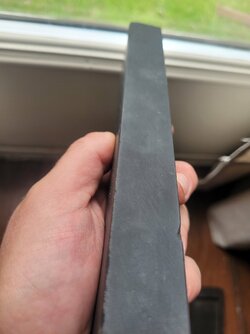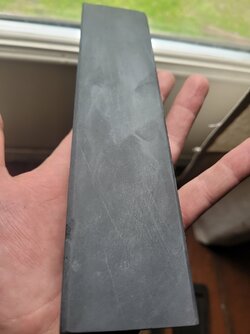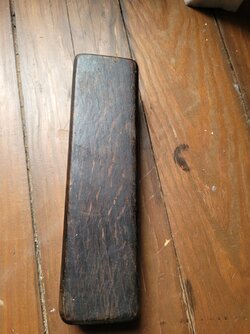- Thread starter
- #41
Hot take for y'all... I suspect that the Yellow Lake Idwal (at least this one) and the the Penrhiw Hone are one and the same thing.
In Idwal terms these are relatively soft and very quick, with a distinctive light green slurry and high-ish SGs. Not at all your typical hard n fine razor type LI.



I'm actually pretty near certain on that. I thought it was probably the case after I first flattened a couple of the Penrhiw Hones, but didn't have my YL on me for a direct comparison until yesterday.
Along with Grecians this is my favourite type of 'Llyn Idwal'.
In Idwal terms these are relatively soft and very quick, with a distinctive light green slurry and high-ish SGs. Not at all your typical hard n fine razor type LI.
I'm actually pretty near certain on that. I thought it was probably the case after I first flattened a couple of the Penrhiw Hones, but didn't have my YL on me for a direct comparison until yesterday.
Along with Grecians this is my favourite type of 'Llyn Idwal'.



